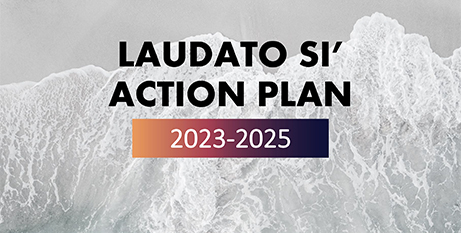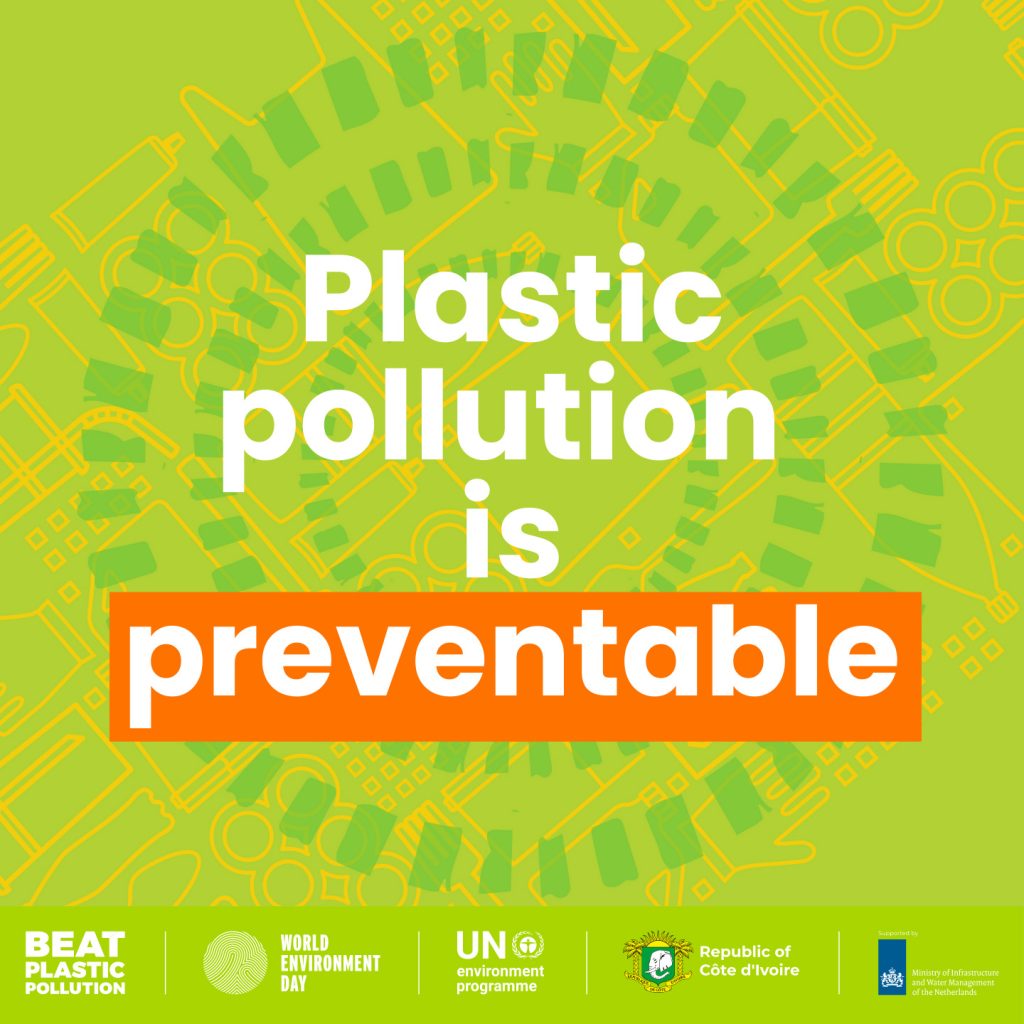Bishops Conference launches Laudato Si’ Action Plan

On June 5 this year, marking World Environment Day, the Australian Catholic Bishops Conference launched an environmental action plan outlining practical responses to Pope Francis’ 2015 encyclical letter, Laudato si’.
 The Conference had committed to developing such a plan when it published the 2021-22 Social Justice Statement “Cry of the Earth, Cry of the Poor.” Now the Conference has released the plan and registered it with the Vatican’s Laudato si’ Action Platform.
The Conference had committed to developing such a plan when it published the 2021-22 Social Justice Statement “Cry of the Earth, Cry of the Poor.” Now the Conference has released the plan and registered it with the Vatican’s Laudato si’ Action Platform.
The actions include the identification and planting of native species on Conference properties in Canberra, using recyclable products where possible and providing prayer resources aligned with the messages of Laudato si’. The plan also commits to slavery-free supply chains for goods purchased by the Conference.
In 2022, the Fifth Plenary Council of Australia called on all Catholics to commit to care for the earth as our common home. The bishops hope that the example of the Bishops Conference’s Action Plan will encourage others to adopt similar plans.
Catholic Earthcare Australia is supporting parishes and dioceses in taking their own steps locally as part of worldwide actions in favour of the environment. Some parishes in our Ballarat diocese have already signed up to being Catholic Earthcare Parishes.
The Bishops Conference’s Action Plan can be accessed below.
Bishop Paul Bird CSsR
Image: www.pexel.com
The Australian Catholic Bishops Conference has launched its Laudato Si’ Action Plan on World Environment Day, outlining practical responses to Pope Francis’ landmark 2015 encyclical letter. Source: ACBC Media Blog.


 Celebrated every year since 1974, World Environment Day is a good time to focus on the environmental dimensions of the Sustainable Development Goals.
Celebrated every year since 1974, World Environment Day is a good time to focus on the environmental dimensions of the Sustainable Development Goals.
This year the theme is will focus on solutions to plastic pollution under the campaign #BeatPlasticPollution..
The world is being inundated by plastic. More than 400 million tonnes of plastic is produced every year, half of which is designed to be used only once. Of that, less than 10 per cent is recycled. An estimated 19-23 million tonnes end up in lakes, rivers and seas. Today, plastic clogs our landfills, leaches into the ocean and is combusted into toxic smoke, making it one of the gravest threats to the planet.
Not only that, what is less known is that microplastics find their way into the food we eat, the water we drink and even the air we breathe. Many plastic products contain hazardous additives, which may pose a threat to our health.
The good news is that we have science and solutions to tackle the problem –and a lot is already happening. What is needed most now is a surge of public and political pressure to scale up and speed actions from governments, companies and other stakeholders to solve this crisis. This underscores the importance of this World Environment Day mobilizing action from every corner of the world.
World Environment Day 2023 will showcase how countries, businesses and individuals are learning to use the material more sustainably, offering hope that one day, plastic pollution will be history.
https://www.worldenvironmentday.global/
https://www.unep.org/news-and-stories/video/50-years-environmental-milestones
Top Photo: by Felix Mittermeier from Pexels 957024


